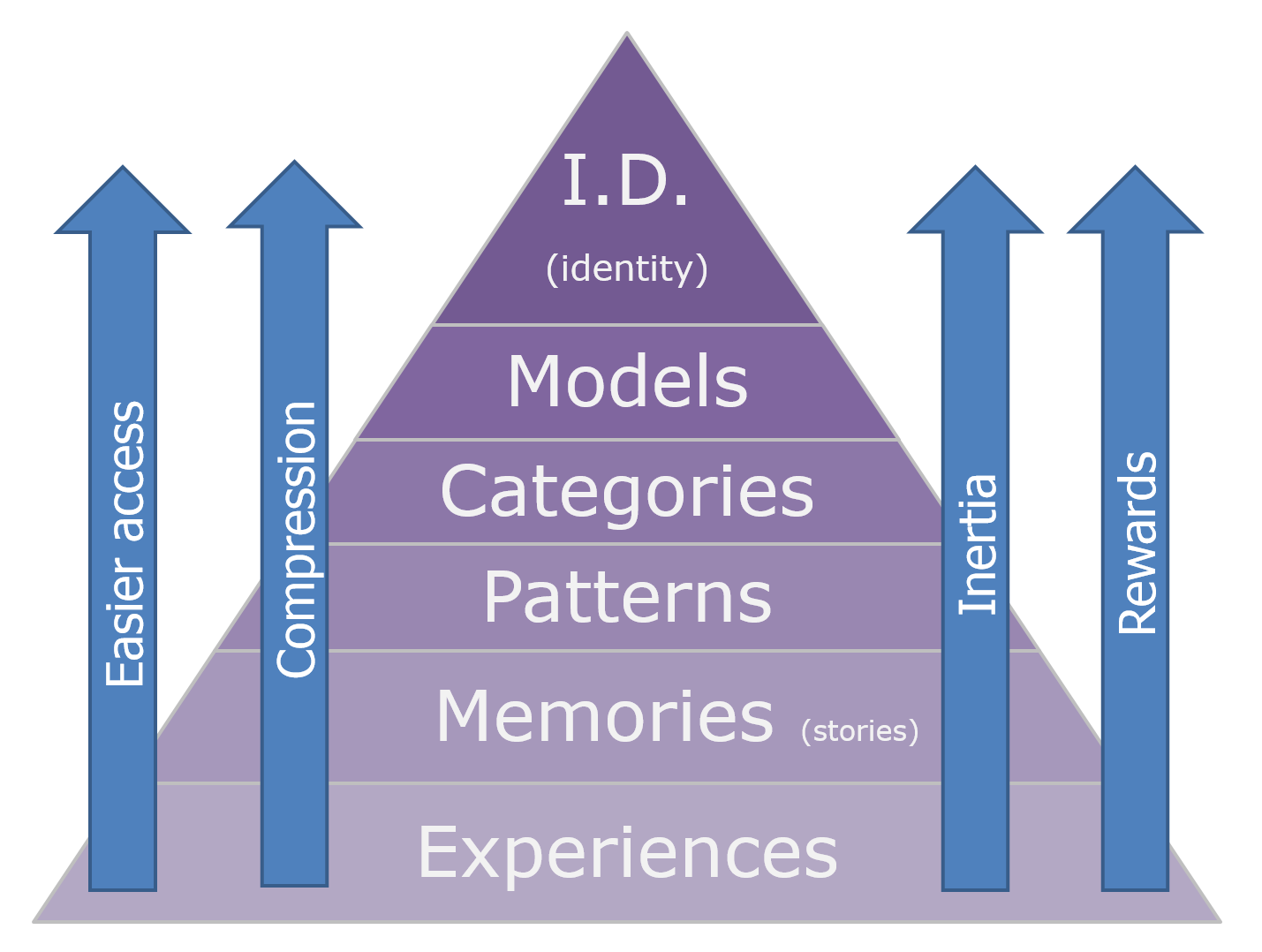The Biological Imperative for Intelligent Content
Labeled under: Content Strategy
Noz Urbina of Urbina Consulting gave the Intelligent Content Conference 2014 crowd a look into his last year of research on intelligent content and how we process and store information. The session was “a case study on empathy” and looked at how we can influence behavior by understanding it.
From physics, to neuroscience, Urbina looked at many models to inform his theory about how intelligent content is superior to traditional content as a means to satisfy our biological imperatives. By embracing intelligent content practices, we are supporting our natural drive to build out structures, models and identities in our minds.
Urbina explained that when we go deep into the fundamentals about how we understand ourselves and others, we can better support and persuade the behaviors that we want from users. We also gain clarity about what we do and the reasons we do it.
If we get this understanding, this empathy, we can go from being reactive to being proactive about how we strategize communication.
The Problem
The industry moves so quickly that we constantly need to redefine the language we use to describe it. There’s often a lack of words to properly communicate to one another, especially in content-related industries.
This constant change is difficult for human beings who like a bit of change, but are stressed by too much. We are stressed by all this change because it’s draining to have to make sense of and store all this new information—we’re sense-making machines.
Urbina walked us through a quick romp of a few definitions around how we store information before explaining the connection to intelligent content.
Semantic Models
From birth, we begin to build models about our world. It’s not until year one that we have something resembling the human brain’s specialized and differentiated areas.
Basically, a semantic model is a semi-conscious mental storage unit—it’s how we store things in our brain for quick reference. As babies, we want to make as many of these models as possible.
We create many and change many models over time. As we get older and establish a core set of experiences, the models become much more challenging to change.
Compression
Urbina described compression as the means in which we process experiences and store them as identifiable information for later access. Our models and mental processes aren’t perfect, resulting in “compression errors”. An easy example of this are optical illusions, but compression errors occur in how we think as well.
Fast and Slow Thinking
Urbina introduced us to two “thinking systems” in the brain. “System 1” is fast, cheap, and effortless. It’s getting into the “zone.” It’s instincts, but also inspiration, and lateral thinking, so it’s a meaningful part of life. Usually we don’t know this is all going on.
System 1 is the content-skimming part of our mind.
“System 2” is slower, expensive, tiring thinking. It’s the part of our cognitive process that analyzes content. It’s used when you’re having a complex and challenging conversation or debate with someone.
System 2 is used when you’re actually reading consuming content.
Example: System 1 is driving the car, jamming to the radio. Once you get generally close to your destination and you turn down the radio and grab notes about where you’re going, System 2 kicks in and dives deep into accomplishing your task (getting you to where you need to be).
Storytelling
Urbina explained that the remembering self is a storyteller. What defines a story in memory are changes, significant moments, and especially endings. We take the peaks, troughs, and throw away the other bits that don’t seem to matter to us.
Consider Work Between Teams
Team 1 builds the online user experience to offer a demo download. Team 2 builds the Demo itself.
What’s memorable isn’t what happened with Team 1 (the planning, development, launch, and management of the online experience), it’s how Team 2 handled the deployment – the thing with which the user ended their journey. Everything then depends on the whole journey ending successfully with Team 2.
Did they succeed awesomely? Did they fail miserably? It will deeply impact the memory of Team 1’s work.
Urbina’s Experience to Brand Identity
With definitions set, Urbina introduced his model of human information storage to the crowd.

Events we experience climb the list over time. We filter, and compress the data into chunks under neat categories as it climbs. The higher you climb, the greater the “reward” your brain gives you. However, it’s hard to change an identity (#1, as the idea builds inertia over time), so we avoid change when possible.
Understanding how we process and store information allows us to find new, better ways to communicate, circumventing the typical trial and error methodology.
“How will our brands stand up to compression?”
Urbina challenged the group to try and figure out how brands will meet the challenge of creating a more efficient, meaningful content experience that suits how we are biological tuned to process and store information.
Intelligent content is a toolkit to help us tackle this challenge. We can plan for and embed levels of intelligence into content. By using content models, and then mapping them to people and personas, we mirror what’s happening in the mind. This helps us build consistent tailored experiences, which in turn helps drive the behaviors we want from users.
Structured content is our way of teaching computers how humans naturally work and store information. Structured content helps us build outputs that have more efficient user “brain spend”. Users can be made to enjoy and understand at the same time.
Urbina definitely broke my Systems 1 and 2 for the day, but I’m excited to bring this model for intelligent content back to my peers.